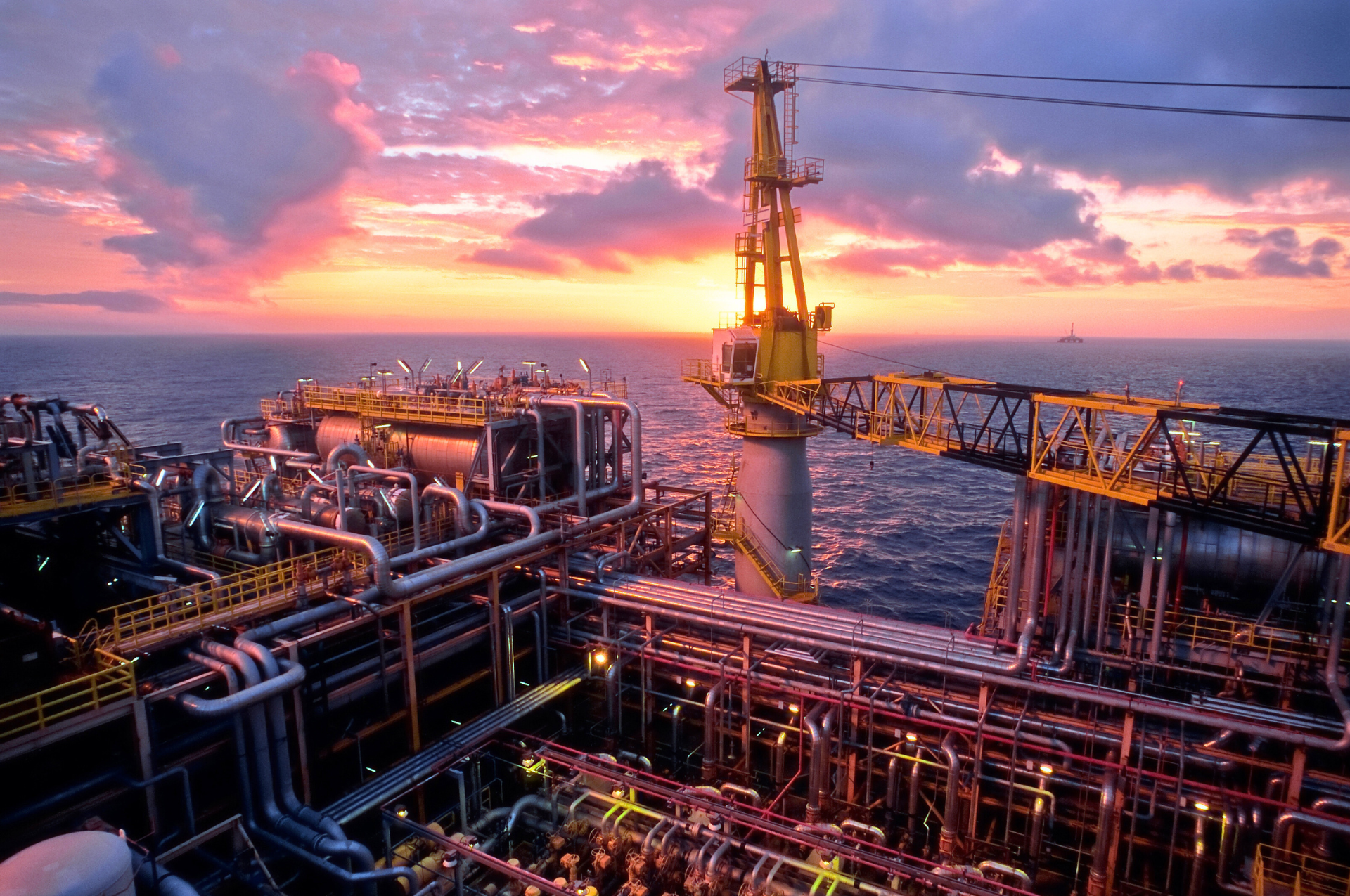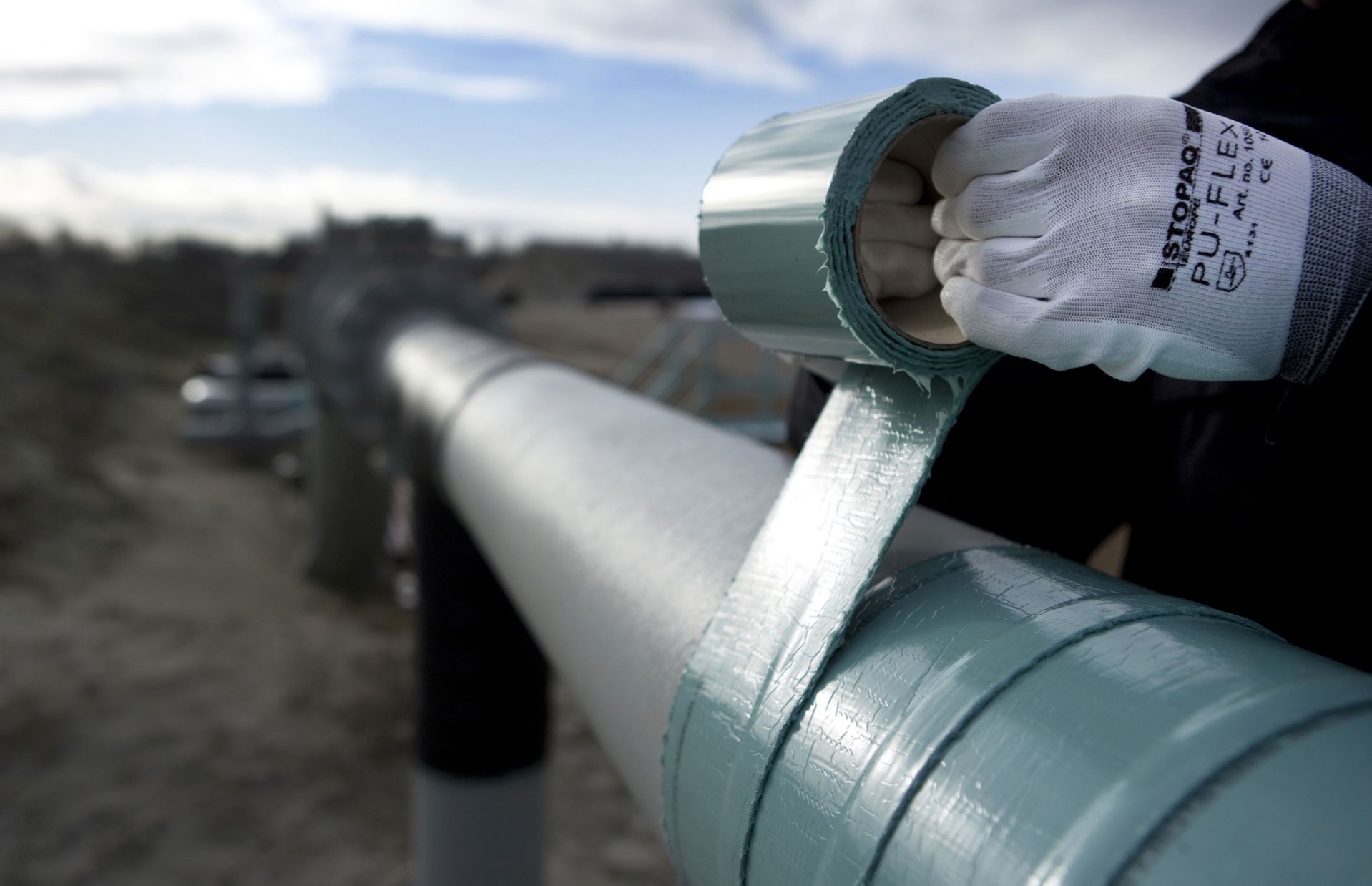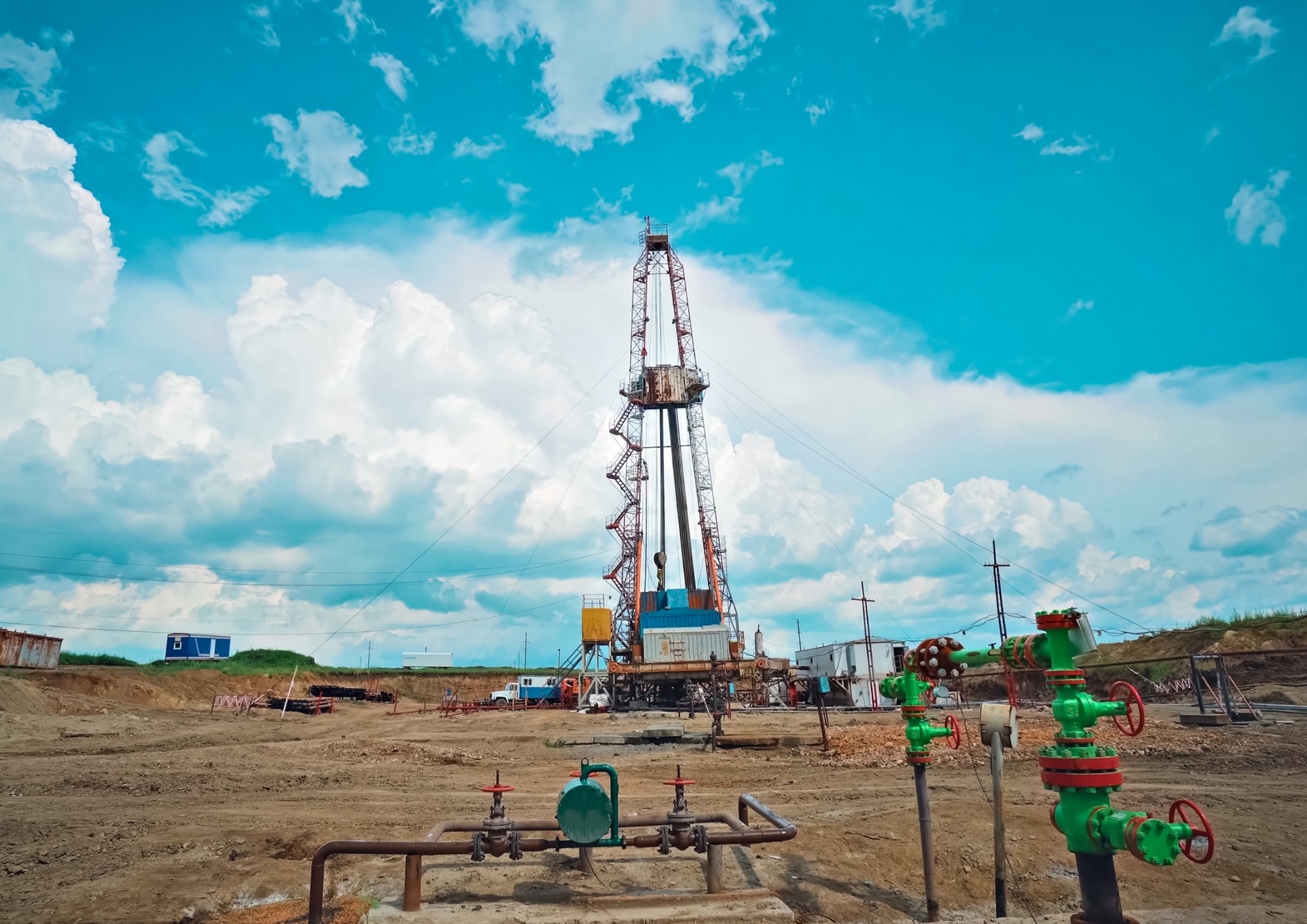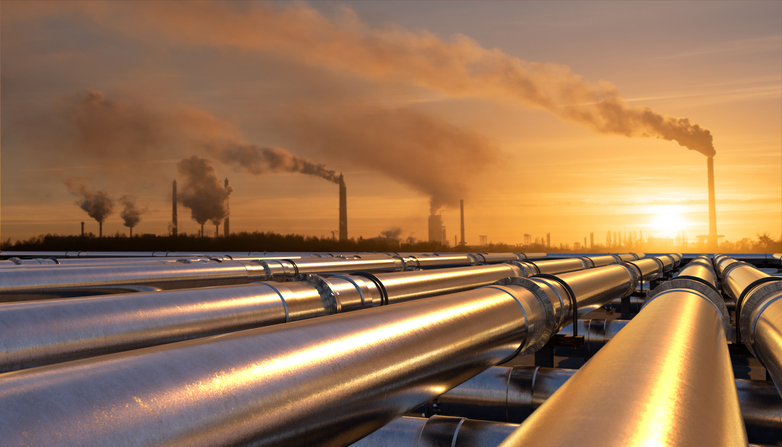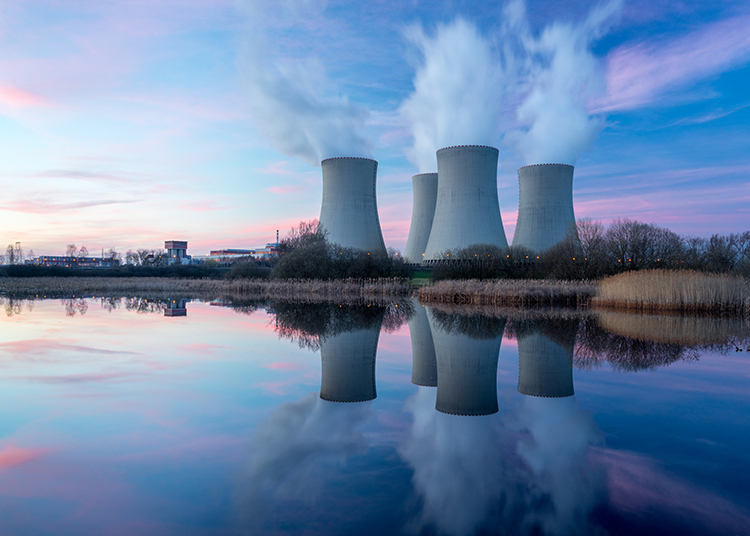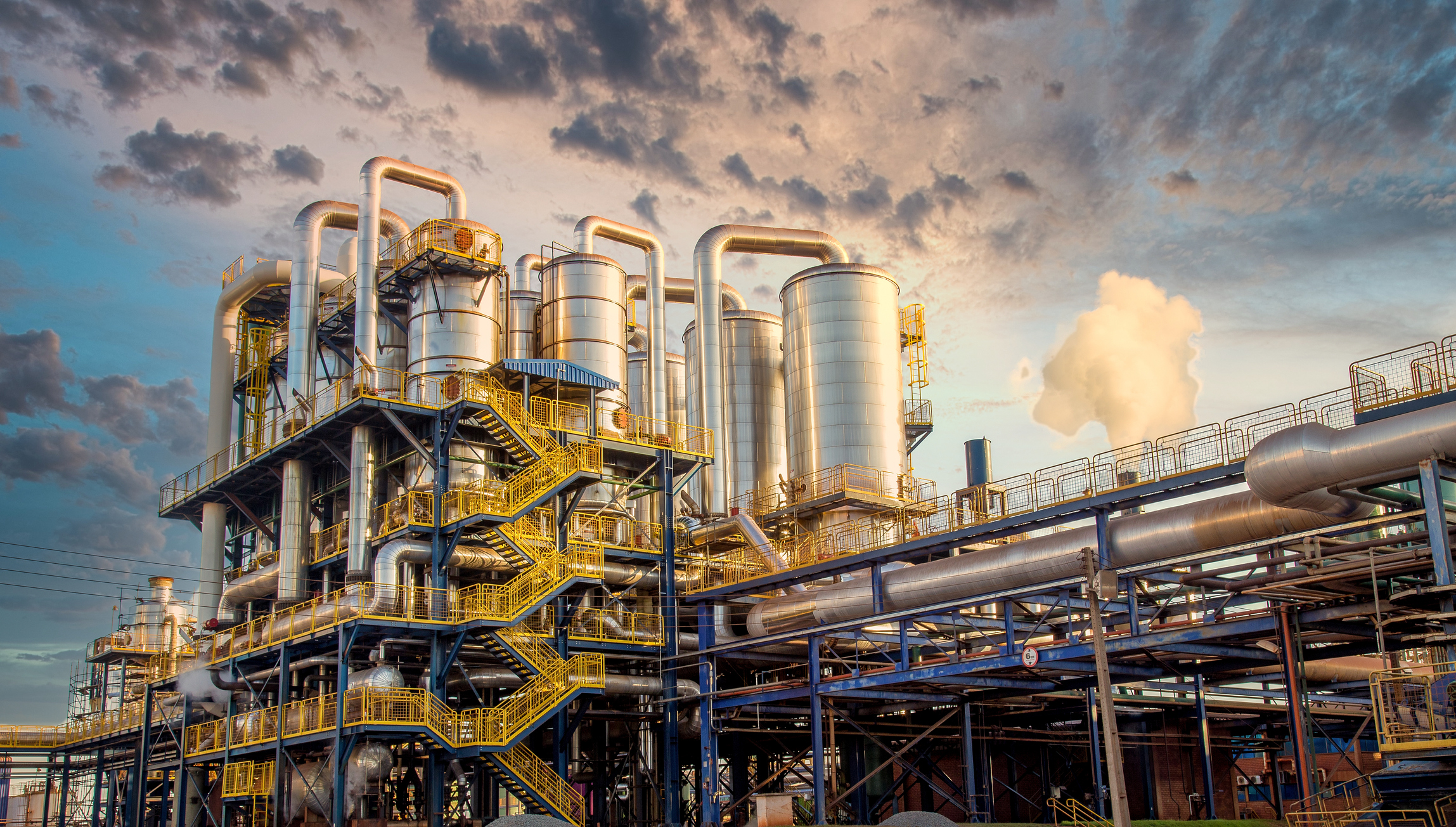

Repeatable Corrosion Tracking for High-Volume TMLs with WAND
The customer had a high volume of TMLs on the absorption column (with a high monitoring frequency), which needed managing cost-effectively.
Overview
Customer: Gas plant operator
Industry: Gas processing
Structures: Absorption column
Operating temperature: 120°C (212°F)
Type of degradation: Sweet corrosion
Frequency of inspection: Once/month
Challenges
The customer had a high volume of TMLs on the absorption column (with a high monitoring frequency), which needed managing cost-effectively. Expensive surface preparation was required prior to each manual UT campaign. Furthermore, wireless, fixed UT probes were considered too expensive to justify replacing all of the TMLs.
Manual UT was traditionally being used to trend the internal corrosion of the column. Due to poor measurement repeatability, the data collected could not be used to accurately determine corrosion rate.
Solution
A high volume of WAND sensors were installed across TMLs on the column, replacing single point manual UT. The data from the sensors was then acquired by onsite personnel every month using the WAND handheld data collector, without the need to prepare the surface each time
How did they benefit from WAND?
Within a matter of months, the customer started to see substantial direct cost savings. After the initial purchase and installation of the sensors, the ongoing costs of data acquisition were effectively zero using the WAND system.
Unlike with manual UT, the thickness data collected by the permanently installed WAND sensors could be used to accurately trend the internal corrosion rate
Sensors deployed across various TMLs on the column.
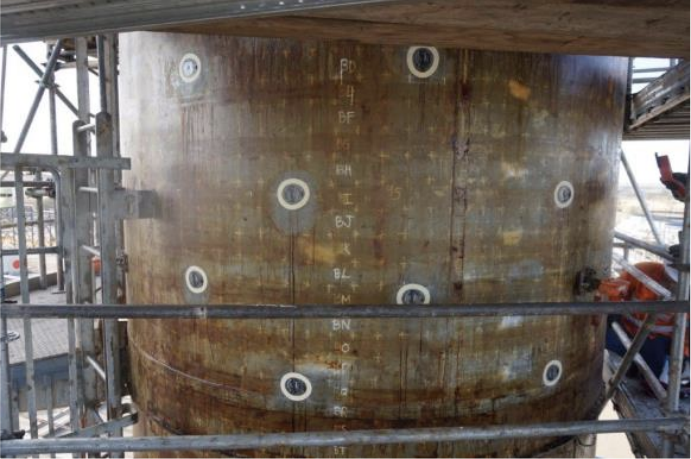

Onsite personnel were able to easily acquire thickness readings, without needing to prepare the surface each time.

